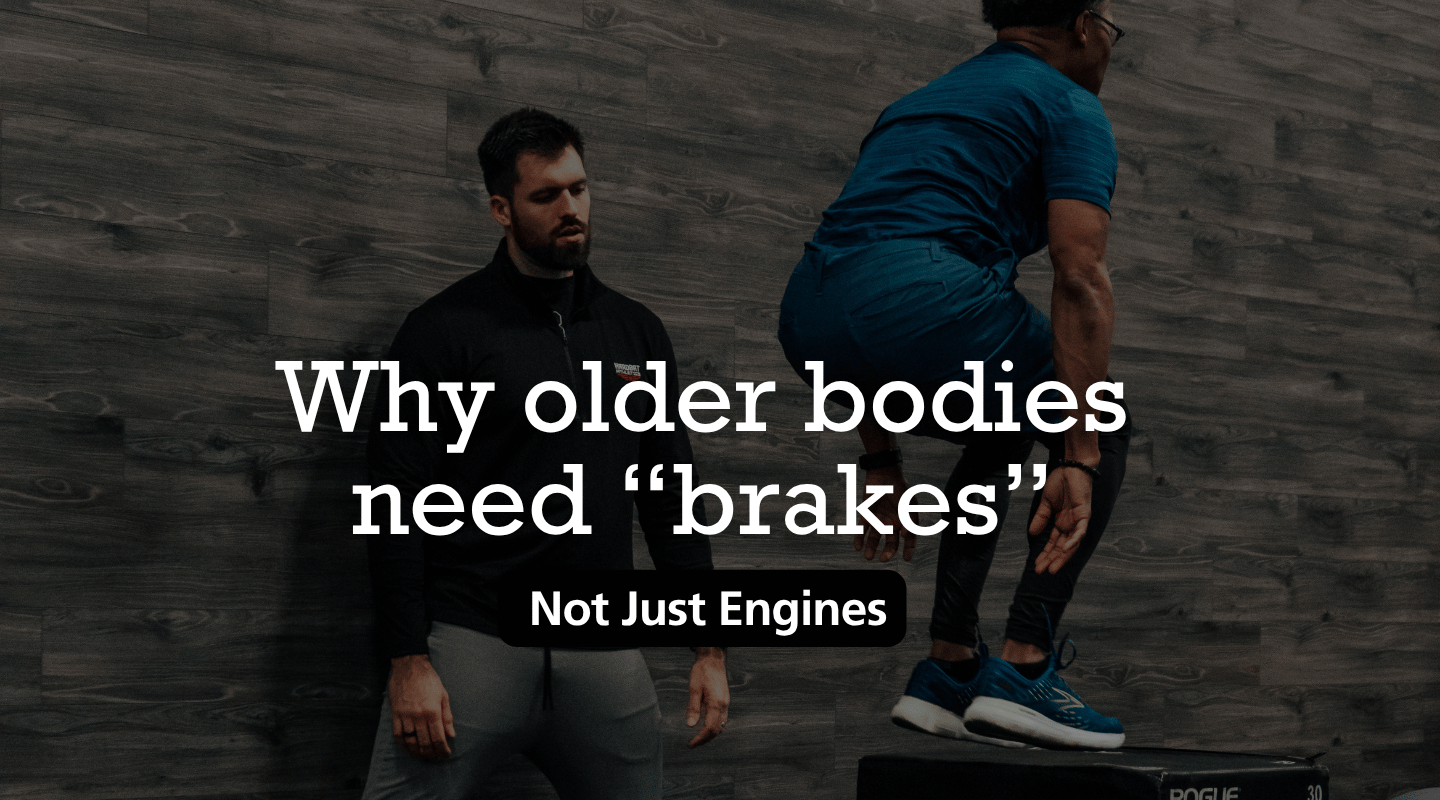

Skip the heavy science for a sec: jump training isn’t only for kids and pro athletes. Smart, low-impact hops, bounds, and quick drops train the kind of “brake power” older adults need every time they step off a curb or catch their balance. Ignore plyometrics and you leave daily-life strength on the table.
Strength training adds horsepower, no doubt. But when you walk downstairs, step on uneven grass, or slow to hug a grand-kid, the bigger ask is stopping your own weight. That’s eccentric loading—muscle fibers lengthen under tension—and it shows up in life way more than a 1-rep max deadlift.
Plyometrics are the training shortcut for better brakes. Each soft landing teaches muscles, tendons, and joints to absorb force fast, then spring back without nasty wear-and-tear. The American College of Sports Medicine (ACSM) even lists light plyos as a safe, proven upgrade for balance and fall prevention in adults 60+.
Forget depth jumps off a 30-inch box. Start small.
Each move is a micro-dose: 2–3 sets of 6–10 reps, twice a week. Barely breaks a sweat, but joints learn fast.
At Hardbat Athletics we pair light jumping with classic personal training lifts—squats, presses, rows—to cover both horsepower and brakes. In our small-group fitness classes, you might front-rack kettlebells, rest a minute, then hit low hurdle hops. Strength first, speed second. The combo keeps joints happy and workouts fun.
Need a coach to show exactly how high to jump—or how low? Click to book a No-Sweat Intro at our gym in Newark, Delaware. Ten minutes with a coach and you’ll walk out knowing the right plyos, weights, and schedule to stay strong for decades.